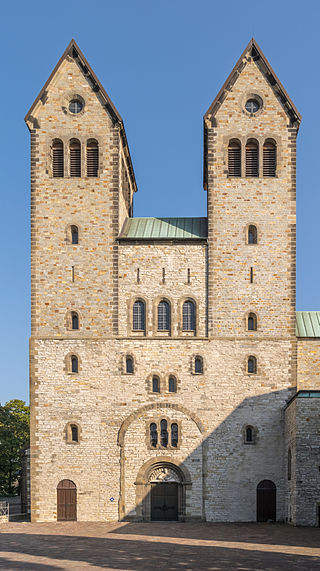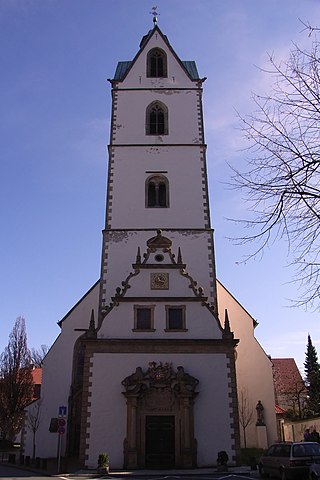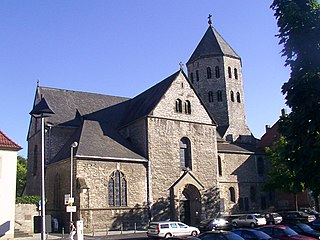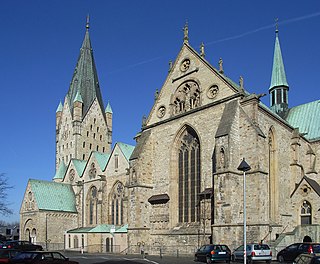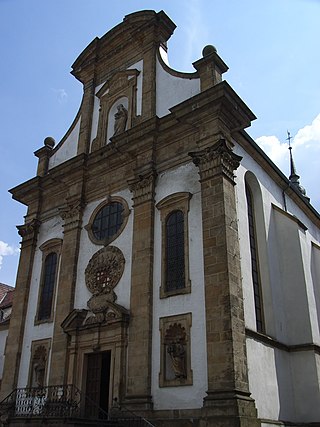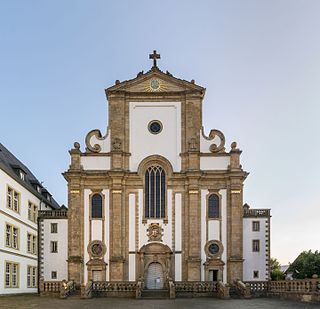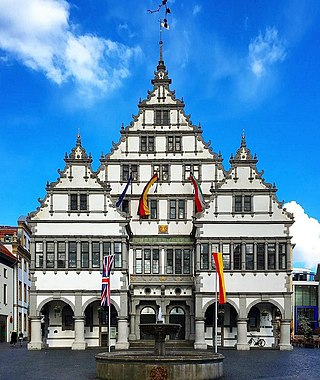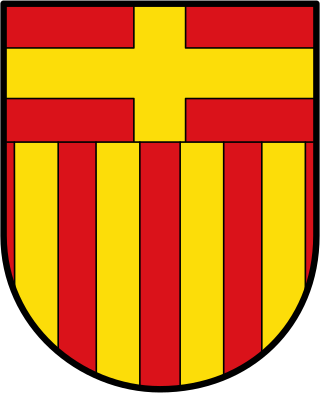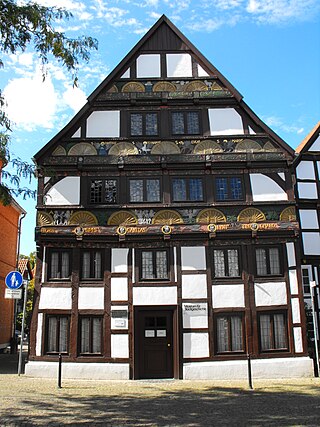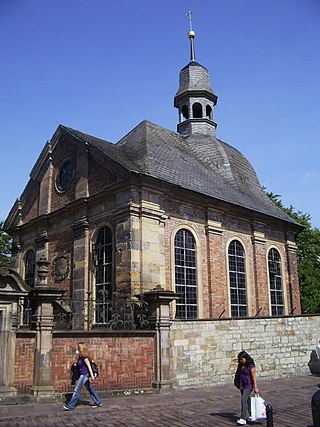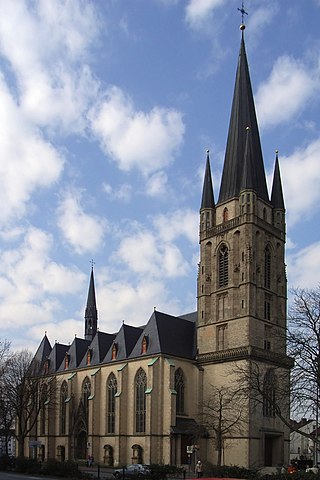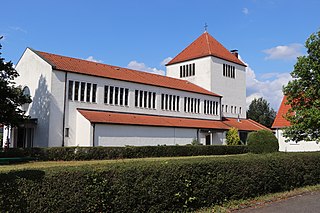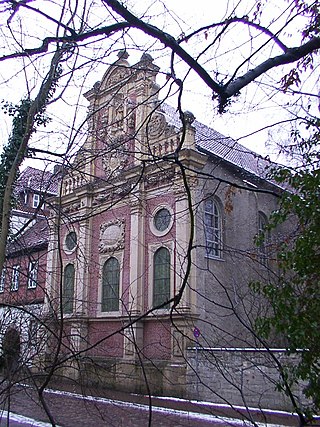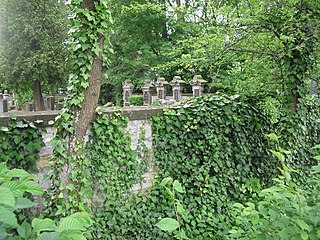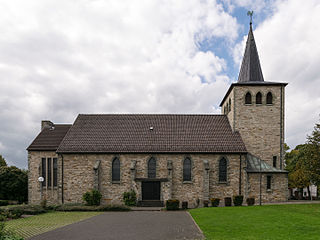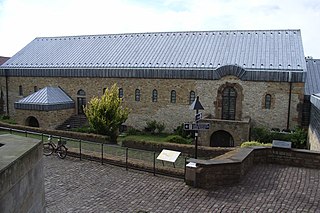17 Sights in Paderborn, Germany (with Map and Images)
Legend
Welcome to your journey through the most beautiful sights in Paderborn, Germany! Whether you want to discover the city's historical treasures or experience its modern highlights, you'll find everything your heart desires here. Be inspired by our selection and plan your unforgettable adventure in Paderborn. Dive into the diversity of this fascinating city and discover everything it has to offer.
Sightseeing Tours in Paderborn1. Abdinghofkirche
The Abdinghof Monastery of Saints Peter and Paul is a former Benedictine abbey in Paderborn, which existed from its foundation by Bishop Meinwerk of Paderborn, who was born in Renkum in the Netherlands, in 1015 until its secularization on March 25, 1803. However, new archaeological findings suggest that the Abdinghof monastery was not built until the late 11th century. If this is true, Bishop Meinwerk cannot have laid the foundation stone of the monastery.
2. Kapuzinerkirche
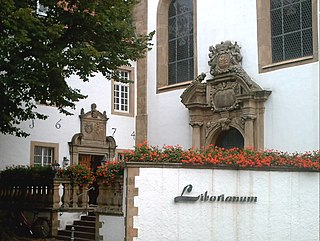
The Liborianum is an educational institution in Paderborn and has gone through an eventful history. It served different purposes over the centuries; for over 200 years it was a Capuchin monastery. It takes its name from St. Liborius, the patron saint of the Archdiocese of Paderborn.
3. Busdorfkirche
The Busdorf Church is a church in Paderborn, Germany, which was modeled after the Church of the Holy Sepulchre in Jerusalem. Busdorf Abbey was a collegiate monastery founded in Paderborn in 1036. The monastery and church were originally located outside the city, but were incorporated into it in the 11th/12th century in the course of the city's expansion.
4. Gaukirche Sankt Ulrich
The Gaukirche, also known as Gokirche, Gokerken or lat. ecclesia rurens, parish church of St. Ulrich, is a Roman Catholic church in Paderborn, built around 1170/80 and owned by the state of North Rhine-Westphalia. The church is located on the market square or cathedral square of the episcopal city opposite the High Cathedral of Paderborn.
5. Hoher Dom St. Maria, St. Liborius & St. Kilian
Paderborn Cathedral is the cathedral of the Catholic Archdiocese of Paderborn. It is located in the city centre of Paderborn, North Rhine-Westphalia, Germany. The cathedral is dedicated to Saint Mary, Saint Kilian and Saint Liborius. The official German name is Hoher Dom Ss. Maria, Liborius und Kilian.
6. Franziskanerkirche
The Franciscan Monastery Paderborn is a Franciscan monastery founded in 1658 in Westernstraße in Paderborn in North Rhine-Westphalia. Until the merger of the German Franciscan provinces into the German Franciscan Province of St. Elisabeth in 2010, it belonged to the Saxon Franciscan Province of the Holy Cross. Before that, there was a monastery of the same order on the Kamp from 1232 to the 16th century, which perished as a result of the Reformation.
7. Marktkirche
The former Jesuit and university church, Sankt Franz Xaver, also known as the "Market Church", is located in the centre of Paderborn, near the town hall square and right next to the Theodorianum grammar school, which uses the church for Catholic school services on Thursdays. In addition, the Marktkirche, along with the Gaukirche zum heiligen Ulrich and the Busdorf church "Sankt Petrus und Andreas", is the parish church of the Paderborn inner city parish "Sankt Liborius", founded in 1998.
8. Rathaus
The historic town hall of Paderborn is one of the landmarks of the city of Paderborn, along with the High Cathedral. It was built between 1613 and 1620 by Hermann Baumhauer as an outstanding example of the Weser Renaissance on the appeal of Prince-Bishop Dietrich von Fürstenberg on behalf of the city council, including a predecessor building from 1473. The building shows the principles of the Renaissance in Germany particularly succinctly: clear disposition of the components, emphasis on the surface, linear, sharply incised windows that act as individual elements and are not included in a large overall movement as was later the case in the Baroque. In the design of the ground floor arcades, even the Italian models from Florence are clearly visible.
9. Gymnasium Theodorianum
The Gymnasium Theodorianum is a grammar school situated in the historic centre of Paderborn, Germany. Succeeding in the tradition of the cathedral school founded in 799, it is among the ten oldest schools in the world. It continues in the ideals of Renaissance humanism, with Latin taught as the primary foreign language and Ancient Greek offered as an additional subject. The school has produced several leading German political, scientific, religious and military figures. It is known locally simply as the “Theo”.
Wikipedia: Gymnasium Theodorianum (EN), Website, Instagram, Youtube
10. Adam- und Eva-Haus
The Adam and Eve House, Hathumarstraße 7, is one of the oldest and most richly decorated half-timbered houses in Paderborn. It is also considered the oldest surviving town house in Paderstadt and housed Paderborn's "Museum of City History" from 1977 to March 2015. Since November 2023, the Open Library has been freely accessible as a sustainability library every day from 8:00 a.m. to 8:00 p.m. for customers of the Paderborn City Library.
11. Alexiuskapelle
The Alexius Chapel in Paderborn is a baroque brick building based on the Flemish model. It is located in Paderborn's city centre at the Abdinghof and thus in the immediate vicinity of both the Abdinghof Church and the cathedral.
12. Herz-Jesu-Kirche
The Herz-Jesu-Kirche in Paderborn is a neo-Gothic Roman Catholic church building in the North Rhine-Westphalian city of Paderborn, which was built in 1897/1898. It is registered under No. 6 in the list of monuments of Paderborn.
13. Sankt Joseph
St. Joseph is a Catholic parish church in the Paderborn district of Schloss Neuhaus-Mastbruch. The church and parish belong to the parish of St. Martin of Tours in the Paderborn deanery of the Archdiocese of Paderborn.
14. St. Michael
St. Michael's Monastery is a monastery in Paderborn, North Rhine-Westphalia, Germany. The monastery church is a listed building. In 2012, the Order of the Augustinian Choir Women handed over the St. Michael Gymnasium and the St. Michael Realschule to the sponsorship of the Archdiocese of Paderborn. The preserved façade of the monastery church is considered an important testimony to the Flemish Baroque.
15. Jüdischer Friedhof
The Paderborn Jewish Cemetery is located in the city of Paderborn in the district of Paderborn in North Rhine-Westphalia, Germany. As a Jewish cemetery, it is an architectural monument and has been registered in the list of monuments since 29 November 1983 under monument number 20. More than 150 gravestones have been preserved at the cemetery at Warburger Straße 110, which was occupied from around 1887 to 1938 and has been occupied again since 1945 to the present day.
16. St. Alexius
The Roman Catholic Church of St. Alexius is located in Benhausen, a district of the district town of Paderborn in the district of Paderborn in North Rhine-Westphalia. The parish belongs to the Pastoral Association Eggevorland in the Paderborn deanery of the Archdiocese of Paderborn.
17. Museum in der Kaiserpfalz
The LWL Museum in the Imperial Palace is located in the East Westphalian city of Paderborn in North Rhine-Westphalia in the immediate vicinity of the cathedral and presents finds from Carolingian, Ottonian and Saxon periods. It is located on the site where the foundation walls of the Palatinate of Paderborn from the 8th century and a later complex from the time of Henry II were found during construction work in 1964. They are part of today's building fabric and can still be seen very well in the masonry of the museum. Right next to today's museum, Charlemagne's imperial palace was also found in 1964. The outline of this complex can only be seen today through the reconstructed foundation walls. The State Museum is run by the Landschaftsverband Westfalen-Lippe. The building belongs to the Metropolitan Chapter and is rented rent-free to the museum's sponsor.
Share
How likely are you to recommend us?
Disclaimer Please be aware of your surroundings and do not enter private property. We are not liable for any damages that occur during the tours.
